What is the tolerance range of precision screws?
What is the tolerance range of precision screws?
Service Hotline
+86760-8787 8587We have more than ten years of experience in screw industry production. The main products are: galvanized solid rivets, brass flat head pin bolts, various types of T nuts, handball ball nuts, nylon spacer XL, GB849 spherical washers, connecting screws, aluminum Alloy copper conversion nut, large flat head screw nut, light spring washer, circular sealing ring, washer meson, U-shaped card fillet nut, fine buckle fine tooth hexagon nut, four-slot nut and other fasteners, due to the product material and Specifications vary, prices vary, please contact us if necessary.


The installation of the pressure riveting nut is exquisite. If the installation method is not correct, the riveting will not be firm after the pressure riveting. For example, one of our customers reported that the nut would fall off after riveting. Our technicians found that many customers hit it with a hammer or other impact methods, because the installation method of the riveting nut will cause pressure. The uneven force of the rivet nut seriously affects the riveting effect. It looks like it is pressed in on the surface, but in fact, the flower teeth of the rivet nut are not riveted with the plate at all, so it is definitely not riveted. To install the rivet nut, you must use special installation equipment, or simply install it with a press and stamping equipment (generally factories will have these simple equipment).
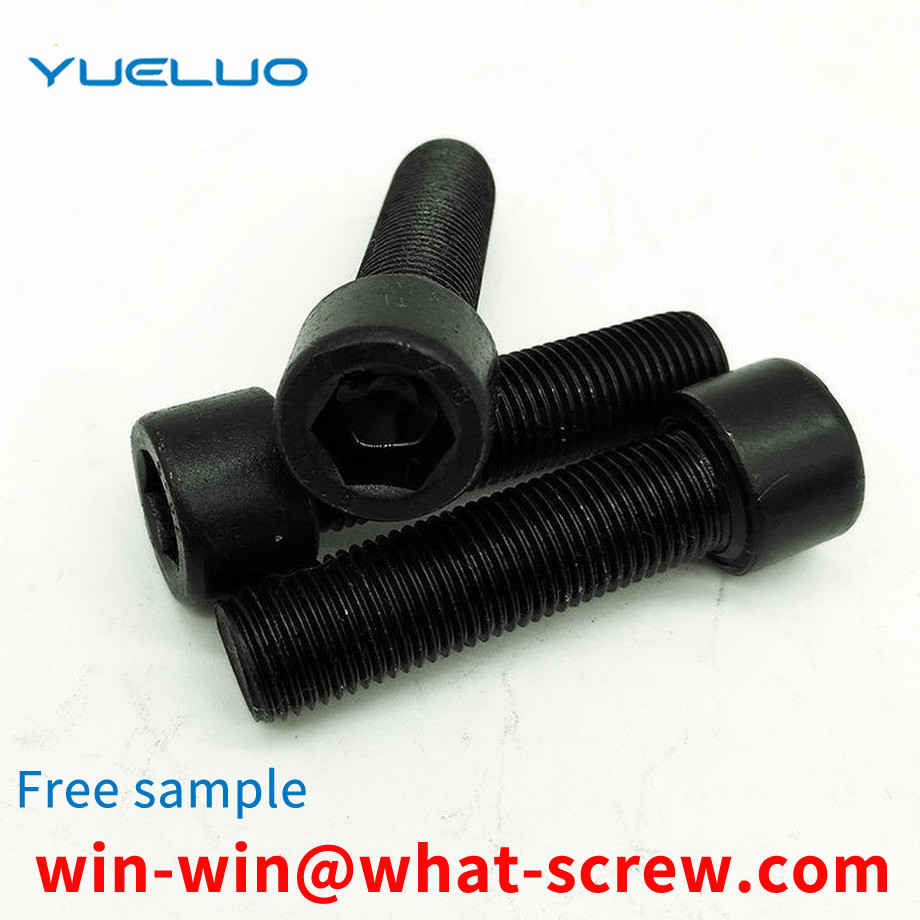
The drawing process has two purposes, one is to modify the size of the raw materials; the other is to obtain basic mechanical properties of the fasteners through deformation and strengthening. For medium carbon steel, medium carbon alloy steel also has another purpose, that is, to make the wire rod. The flaky cementite obtained after controlled cooling is cracked as much as possible during the drawing process to prepare for the subsequent spheroidization (softening) annealing to obtain granular cementite. However, some manufacturers arbitrarily reduce the drawing in order to reduce costs. The excessive reduction rate increases the work hardening tendency of the wire rod, which directly affects the cold heading performance of the wire rod. If the distribution of the reduction ratio of each pass is not appropriate, it will also cause torsional cracks in the wire rod during the drawing process. In addition, if the lubrication is not good during the drawing process, it can also cause regular transverse cracks in the cold drawn wire rod. The tangential direction of the wire rod and the wire drawing die is not concentric at the same time when the wire rod is rolled out of the die, which will cause the wear of the unilateral hole pattern of the wire drawing die to aggravate, make the inner hole out of round, and cause uneven drawing deformation in the circumferential direction of the wire. The roundness of the steel wire is out of tolerance, and the cross-sectional stress of the steel wire is not uniform during the cold heading process, which affects the cold heading pass rate. During the drawing process of the wire rod, the excessive surface reduction ratio will deteriorate the surface quality of the steel wire, while the too low surface reduction ratio is not conducive to the crushing of the flaky cementite, and it is difficult to obtain as much granular cementite as possible. , that is, the spheroidization rate of cementite is low, which is extremely unfavorable to the cold heading performance of the steel wire. For the bar and wire rod produced by the drawing method, the partial surface reduction rate is directly controlled within the range of 10%-15%.
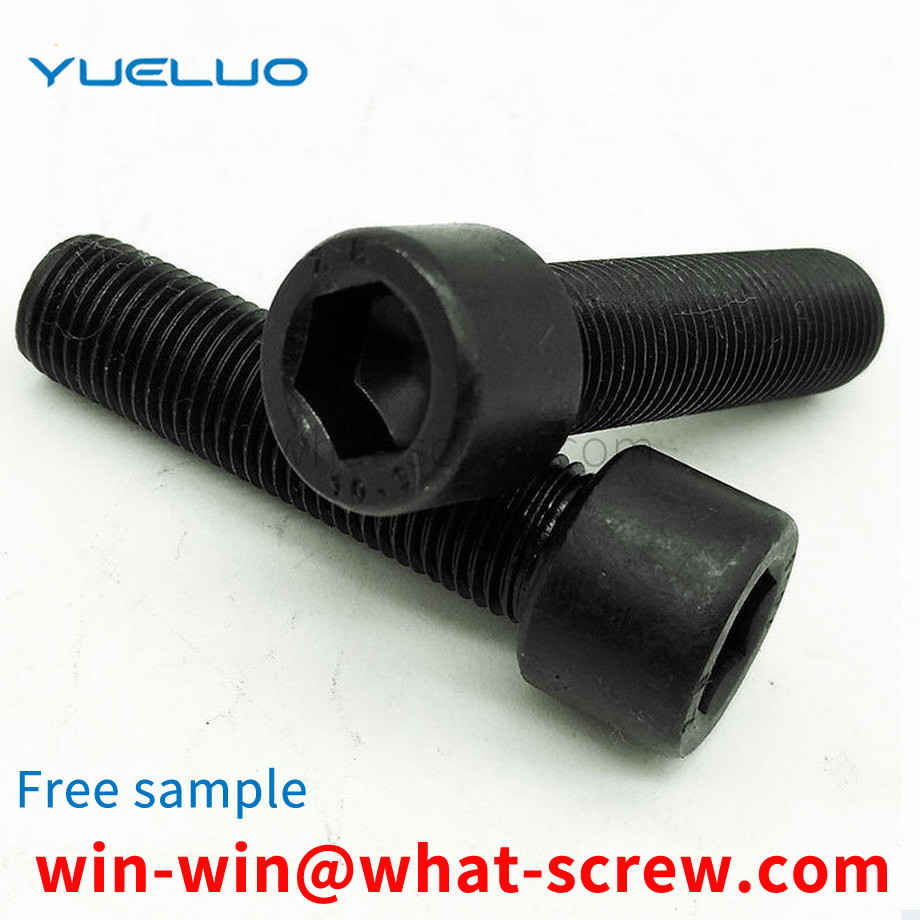
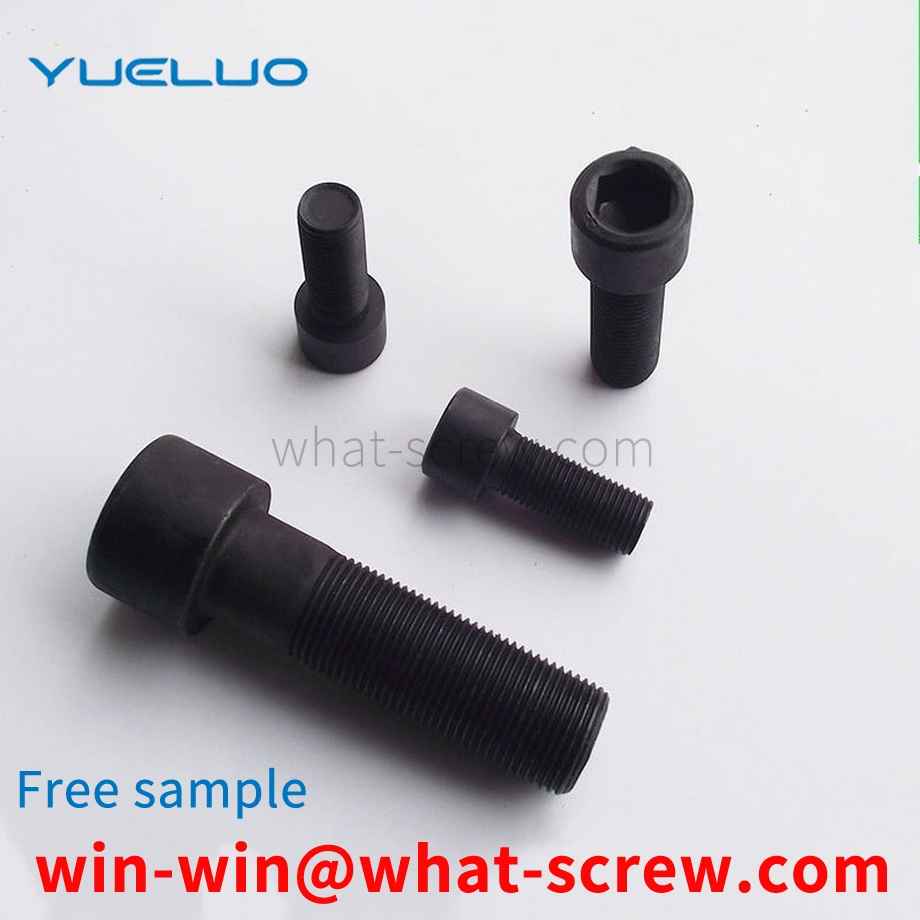
Ordinary snap-type retaining rings have ears on their structure, which cause interference with the inner parts. If the ears are not provided, it is very troublesome to disassemble. For the very demanding aerospace field, ordinary snap rings cannot meet their requirements.
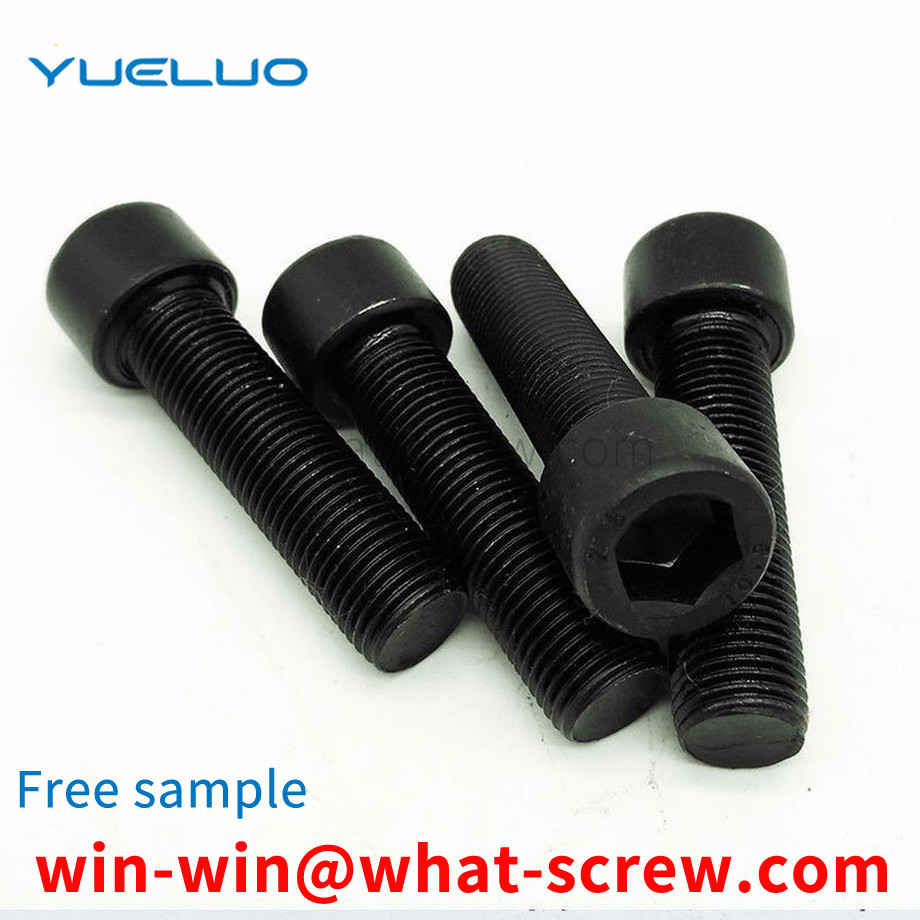
Pin riveting is an important procedure in the production process. At first, people used manual work, which has low production efficiency, high production cost, and high defect rate of products produced. Later, a pin riveting machine appeared. The pin riveting machine is a For riveting and pinning of hardware products, the pin riveting machine can complete the operation of pin loading and riveting pins, and the pin riveting machine reduces the process of pin loading and riveting pins in the hardware production process. However, its structural design is unreasonable and the operation is very inconvenient
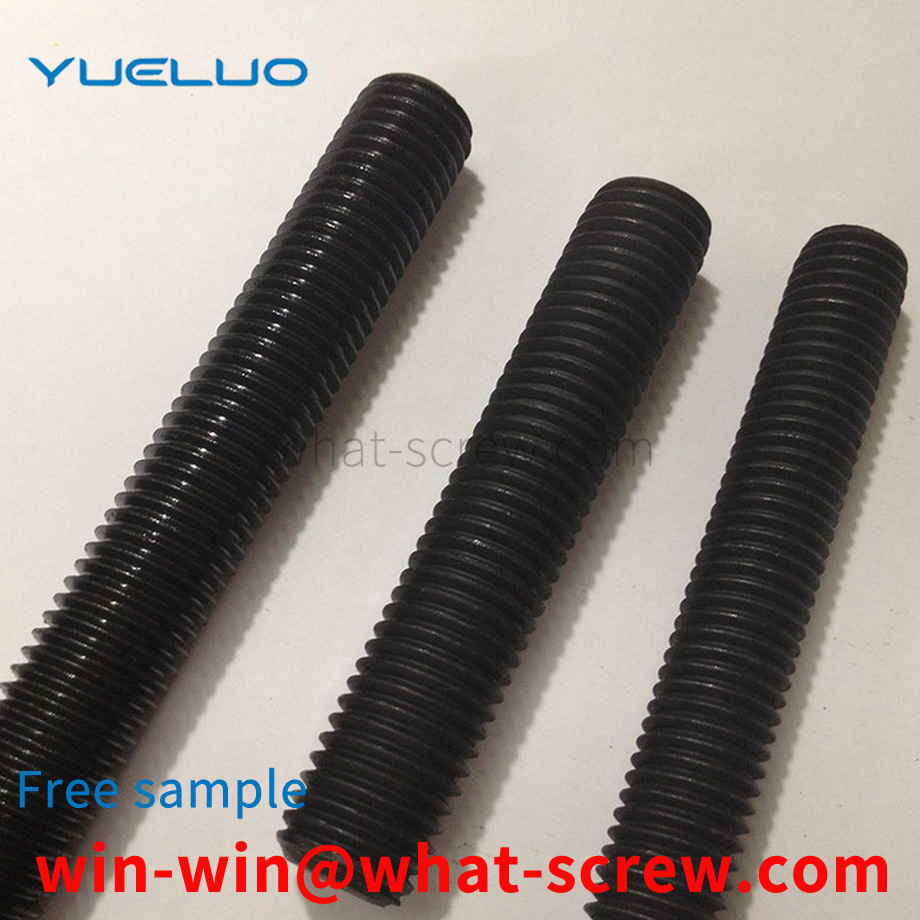
The above content is uploaded by Yueluo or the Internet. If there is any copyright issue, please contact [email protected].

What is the tolerance range of precision screws?

How to choose the right stainless steel screw manufacturer?

Why is there an R angle under the head of the hexagon head s...

We have more than ten years of production experience in the ...

We have more than ten years of production experience in the ...

We have more than ten years of experience in screw industry ...

We have more than ten years of experience in screw industry ...